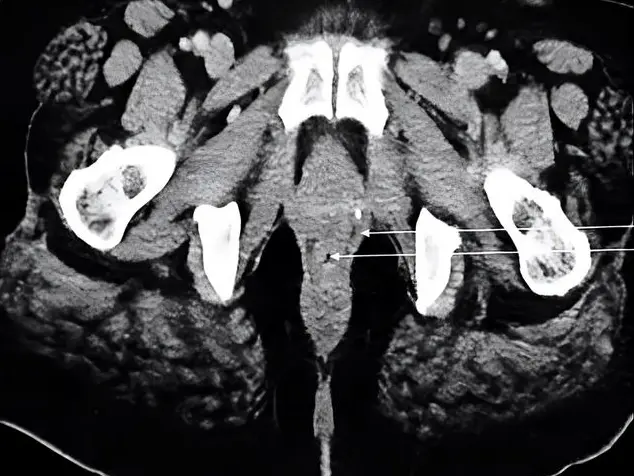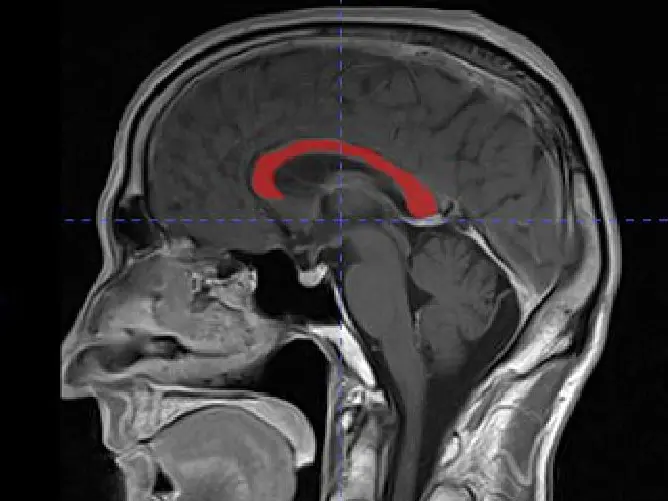Diabetic subjects have higher prevalence as well as increased risk for coronary artery disease than non-diabetic counterparts. The study was aimed to seek the disparity of vessel diameters among diabetic and non-diabetic patients undergoing quantitative coronary angiography (QCA). The objectives were to compare coronary artery measurements (CAM) between diabetic and non-diabetic patients and also to find the respective segment of coronary artery affected greatest among diabetics by QCA. A cross sectional study was conducted in four cities of India after procuring the sanction for the same from the ethical committee of the pre-selected hospitals of four states in India. Informed consents were obtained. Post CABG, post PCI patients and patient being diabetic for ≥5 years were also excluded from the study.
Among total sample population, non-flow limiting coronaries were seen in 1100(27.5%) cases [167 in NFL diabetic and 933 in NFL non-diabetic group]. We had 2890 (72.2%) patients with diseased coronaries. Ten segments of the coronary arteries were taken for diameter measurements namely, LMCA, LAD (O, P), DIAG, LCx (O, P), OM, RCA (O, P), RAM. These coronary diameters were indexed to body surface area (BSA) (mean diameter mm/m2BSA). For all arterial segments both indexed and non-indexed measurements of diabetic patients with NFL coronaries had significantly (p<0.01) smaller arterial segments except for RCA-o. Reduced dimensions after post balloon dilatations of PCI, diffused lesions can result in increased chances for in-stent restenosis among diabetics leading to poor outcome following PCI.



